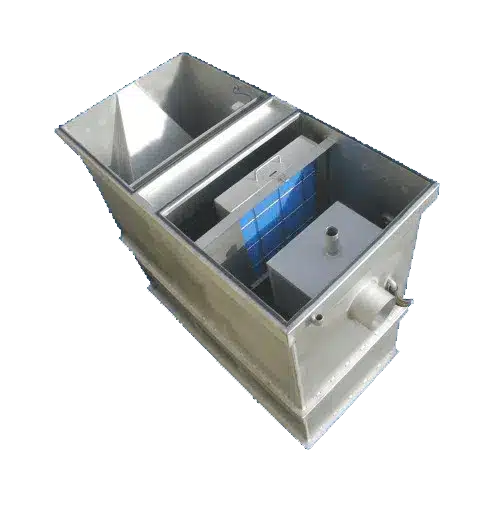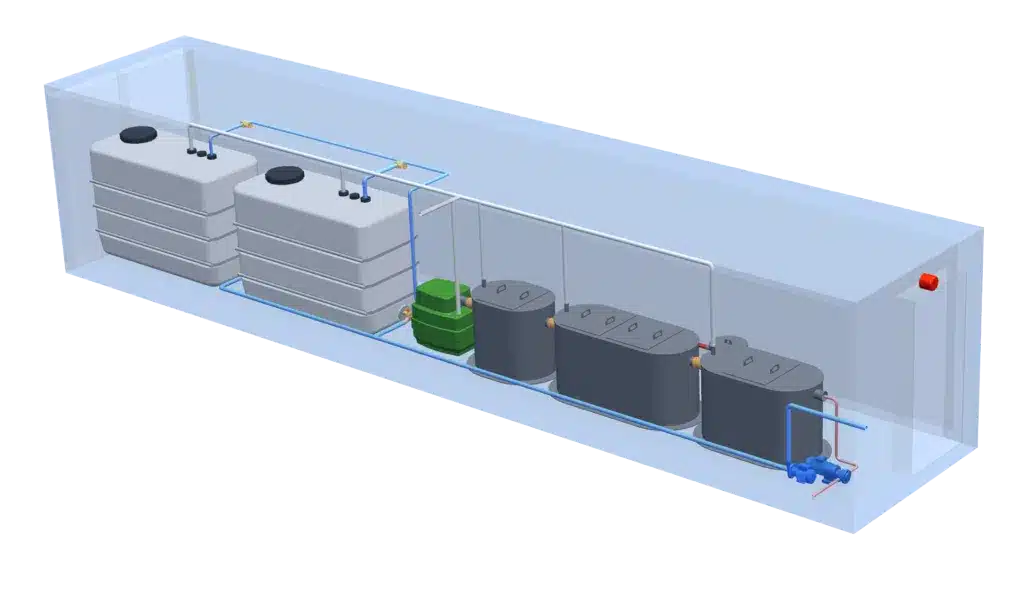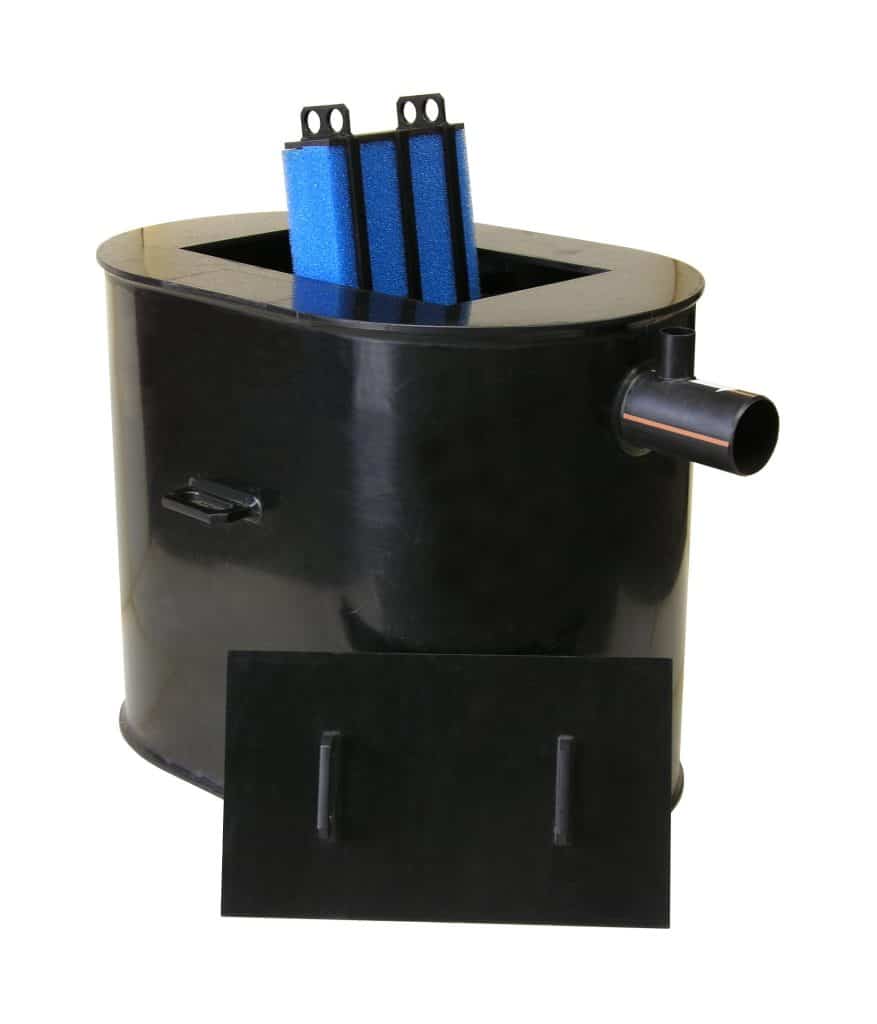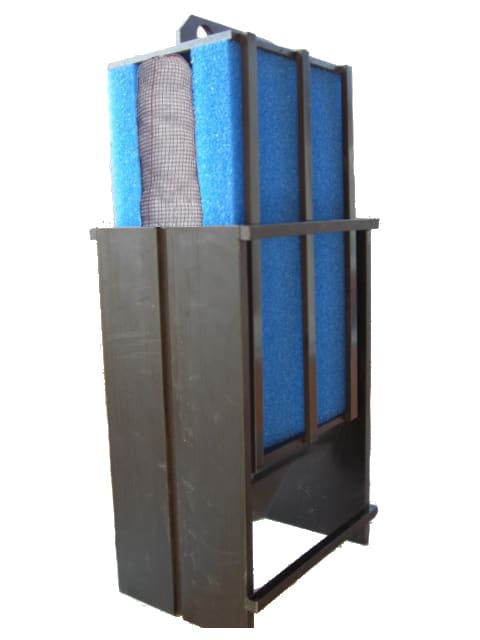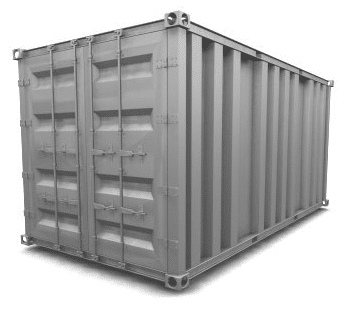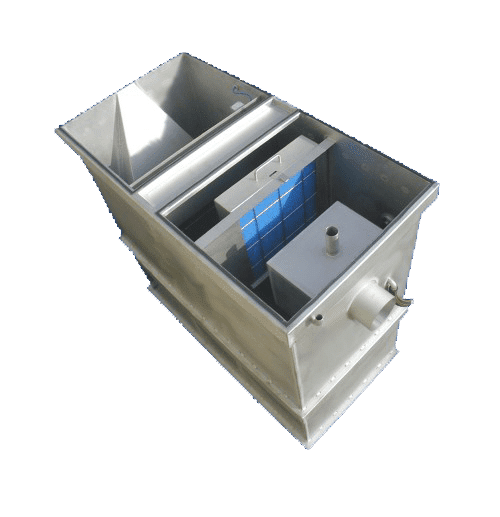In Ohio, businesses face a big challenge: managing oily wastewater. Ohio Above Ground OWS systems are leading the fight against pollution. They are key to keeping our water clean and businesses in line with the law.
Every business, from big industrial sites to small auto shops, needs efficient oil-water separation. Ohio’s tough environmental laws require the best solutions. Above ground OWS units are easy to install and flexible, making them a top choice for many.
Preventing spills is essential, not just a buzzword. With the right OWS system, Ohio businesses can meet environmental standards easily. There are many options, from simple coalescer models to advanced Tesla-like units, designed for different needs.
Key Takeaways
- Ohio Above Ground OWS systems are critical for environmental compliance
- Oil water separators help prevent water pollution and ensure regulatory adherence
- Various OWS models cater to different facility requirements in Ohio
- Proper OWS selection is key to effective spill prevention
- Above ground systems offer easier installation and maintenance
Introduction to Above Ground Oil Water Separators in Ohio
Above Ground Oil Water Separators are key in Ohio for protecting the environment. They efficiently separate oil, grease, and other contaminants from water. It’s important for businesses in Ohio to know their role and the rules they must follow.
Definition and Purpose of OWS Systems
Above Ground Oil Water Separators are devices that remove oil and grease from wastewater. They let oil float to the top while water settles at the bottom. This is crucial for keeping Ohio’s water clean.
Importance in Environmental Compliance
For Ohio businesses, following environmental laws is a must. Above Ground Oil Water Separators help by keeping oil and grease out of waterways. This isn’t just about avoiding fines; it’s about keeping Ohio’s environment safe for the future.
Ohio Regulations for Above Ground OWS
The Bureau of Underground Storage Tank Regulations (BUSTR) oversees Ohio’s rules for Above Ground Oil Water Separators. These rules cover certain tanks linked to underground systems. All facilities using these separators must follow these rules. Keeping up with these laws helps businesses stay on the right side of the law and act responsibly.
Types of Above Ground OWS Systems Available in Ohio
Ohio has many options for above ground oil water separators. These systems help businesses meet environmental standards and manage oily wastewater well. Let’s look at the main types available in the state.
Parallel Coalescer OWS
The parallel coalescer OWS uses corrugated plates to separate oil from water. As wastewater flows through, oil droplets stick to the plates and form bigger drops. This makes removing oil easier and more effective. Many Ohio businesses pick this type for its high efficiency in handling different flow rates.
Old School OWS with Oil Dam
An old school OWS has a simple yet effective design. It has a baffle and oil dam to catch oil as water goes through. This basic system still works well for many Ohio facilities, especially those with lower flow rates or simpler separation needs.
Advanced Tesla-like OWS Models
For top-notch pollution prevention, some Ohio facilities choose Tesla-like OWS models. These advanced systems combine components like diffusion plates, wear plates, and coalescers. They also have sensors for real-time monitoring. This results in faster separation and better oil removal, perfect for facilities with high environmental standards.
Each type of above ground OWS has its own benefits. Ohio businesses can pick based on their specific needs, like facility size, flow rate, and local rules. By choosing the right system, companies can ensure efficient oil-water separation and meet environmental standards.
Ohio Above Ground OWS: Features and Benefits
Ohio above ground oil water separators (OWS) are key for businesses dealing with oily water. They are great at keeping oil from getting into the environment. They also have leak detection systems that warn of problems early.
These separators can handle many types of oil, like motor, diesel, or jet fuel. They have sensors and alarms for high oil levels, preventing overfilling.
Using above ground OWS has many benefits. They are easy to maintain, which saves money and time. They also cost less to install because no digging is needed.
Businesses in Ohio find these separators help them follow environmental laws and work better. They use special filters to make sure the water is clean. This keeps the environment safe and protects the company’s good name.
Installation and Maintenance of Above Ground OWS in Ohio
Setting up and taking care of above ground oil water separators in Ohio needs careful planning and regular upkeep. Doing it right ensures they work well. Keeping them maintained helps them run smoothly.
Site Preparation and Installation Process
First, prepare the site for OWS installation. This means leveling the ground, making a solid foundation, and making sure water drains well. Then, the team puts the OWS unit in place, connects it to pipes, and checks for leaks.
Regular Maintenance Requirements
Keeping OWS systems in top shape is key. Regular tasks include checking oil levels, cleaning filters, and looking at tank walls. It’s also important to check inlet and outlet pipes for any issues. Keeping records of maintenance helps track the system’s health and plan for the future.
Cleaning and Inspection Services in Ohio
Ohio has professional cleaning services for OWS systems. These services check oil, water, and sludge levels. They also take samples for lab tests to make sure everything meets local rules. Many services provide proof that the sludge removed is safe for the environment.
Environmental Impact and Compliance in Ohio
Above ground oil water separators are crucial in Ohio for protecting the environment. They keep water clean and stop oil spills. All over the state, facilities use OWS to follow strict environmental laws.
Ohio businesses focus a lot on environmental compliance. OWS systems separate oil from water, stopping it from getting into sewers. This is key to keeping local waterways and ecosystems safe.
Preventing spills is a big part of OWS operation. These systems catch oil before it can get into the environment. Many OWS have extra safety features, like secondary containment, to protect against spills.
The Ohio Bureau of Underground Storage Tank Regulations (BUSTR) has rules for OWS. Facilities must follow these rules to avoid fines and ensure wastewater is treated right. Regular checks and upkeep are needed to keep OWS systems working well.
By using above ground OWS, Ohio businesses show they care about the environment. These systems help protect water and support green industrial practices in the state.
Freytech Inc.’s Enhanced Coalescing Technology for OWS
Freytech Inc. is at the forefront with top-notch oil water separator solutions. Their enhanced coalescing technology leads in hydrocarbon separation and protecting the environment.
Achieving 5 PPM Separation Efficiency
Freytech’s systems hit a remarkable 5 Parts Per Million in separation efficiency. This beats North America’s 10 PPM limit, ensuring top performance and following rules.
Separating Various Hydrocarbon Types
The technology is great at separating different hydrocarbons. It works with motor oil, diesel, gasoline, and jet fuel, among others. Freytech’s systems even get down to 0.1 PPM for emulsified oil.
Meeting North American Discharge Limits
Freytech’s technology meets strict environmental rules. It reduces the environmental harm from industrial activities, helping both businesses and nature. Freytech’s OWS technology is a top pick for eco-friendly facilities in North America because of its high separation efficiency.
Choosing the Right Above Ground OWS for Your Ohio Facility
Finding the right above ground oil water separator for your Ohio facility is key. You need to think about several important factors for the best performance and to follow state rules.
These separators are crucial in storm water systems. They process runoff to meet the US EPA’s Clean Water Act standards. With effective oily water treatment, facilities protect the environment and dodge big fines.
Key Selection Factors
Think about your facility’s size, how much flow it has, and the types of hydrocarbons it deals with. The environment also matters a lot. A big facility might need a strong system, while a small one could go for a smaller model.
Tailoring Your System
Customization lets you adjust your OWS to your exact needs. You might need special filters for certain pollutants or a size that fits your space. Talk to OWS providers about what you need to find the best match.
Balancing Costs and Benefits
Costs aren’t just about the initial price. Think about installation costs, ongoing upkeep, and savings from being more environmentally friendly. Spending more on a quality OWS can save money over time and lower the risk of fines. Look at the long-term benefits to make a wise choice for your facility’s future.
Conclusion
Ohio Above Ground OWS systems are key for keeping the environment safe and clean. They help stop oil pollution and protect Ohio’s water. With various models available, like Freytech Inc.’s advanced coalescing technology, facilities have many options.
Choosing the right OWS means looking at your site, how much water flows, and what pollutants you have. It’s important to install and maintain these systems well for them to work their best. By picking quality OWS, Ohio businesses can follow strict rules and help the planet.
As rules for the environment change, Ohio’s OWS systems are more important than ever. They keep facilities in line with laws and save money by working efficiently and preventing spills. By using the latest in oil-water separation, Ohio is moving towards a cleaner future.

